Art printer
The printer composes and publishes different works while ensuring the quality and compliance of the work with the client's requirements. He uses several techniques including rotogravure, lithography, screen printing, intaglio and typography.
* The rotogravure machine manipulates a photographic image by printing slides, negatives, gelatin transfer and copper transfer. Bitten by an acid bath and inked, this plate is used by the rotogravure printer to obtain a faithful reproduction of the nuances of the original.
* On a zinc plate or grained limestone treated with a mordant, the work is created with a pencil or oily inks. After wetting the stone, the lithography printer applies the ink to it with a roller, which attaches to the fatty parts, and presses the sheet to be printed.
* The screen printer works by juxtaposition of colors. He creates silk screens with fine permeable mesh stretched over a frame. Each passage of colored ink corresponds to a mask, which reproduces the shape to be printed by blocking certain meshes.
* The intaglio engraver uses a chisel, dry point or acid to engrave a metal plate, most often copper. The incisions are then inked by hand or with a stamp. The matrix and the wet paper are put under press by the intaglio printer.
* The typographic printer composes a set of characters which he inserts into a frame called a typographic form, with a view to printing it on paper. This is then inked and placed under press.
Become an art printer
Training as an assistant in printed media is acquired through an apprenticeship with obtaining a federal professional training certificate (AFP) in one of the following specific fields: Sheet printing, Rotary printing, Screen printing, Cardboard and packaging, Primer, Advertising techniques. Duration 2 years. Improvements are possible.
You will find all the information on orientation.ch .
Craft makers index
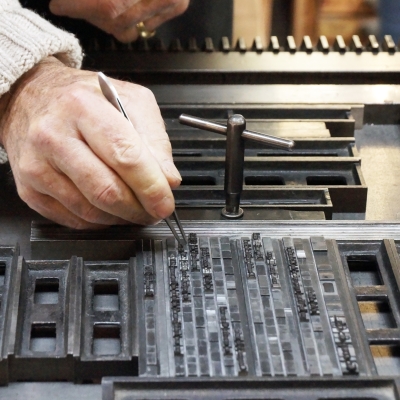
- Dagon Jean-Renaud, Le Cadratin
- Art printer
- Sottens
- Vaud
- See
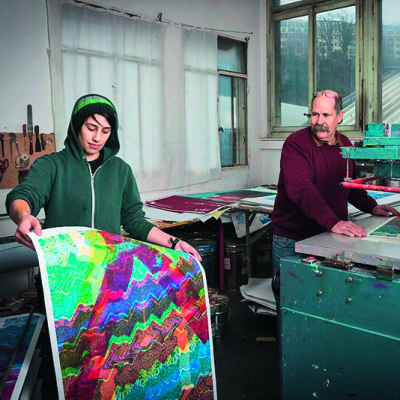 CHRISTIAN HUMBERT-DROZ – ATELIER DE SÉRIGRAPHIE ©
CHRISTIAN HUMBERT-DROZ – ATELIER DE SÉRIGRAPHIE ©
- Humbert-Droz Christian et Peerally Sabrina, Atelier de sérigraphie C. Humbert-Droz
- Screen printing printer
- Genève
- Genève
- See
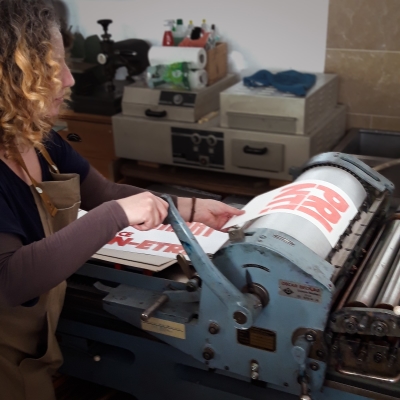
- Jäggli Monica, L’imprimeuse Letterpress Studio
- Typography / Letterpress
- St-Ursanne
- Jura
- See
 © David Gagnebin-de Bons
© David Gagnebin-de Bons
- Métraux Raynald, Atelier Raynald Métraux
- Art printer
- Lausanne
- Vaud
- See
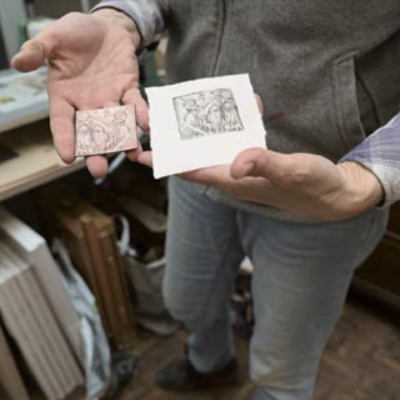
- Petrushina Masha
- Heliogravure art printer
- Berne
- Bern
- See
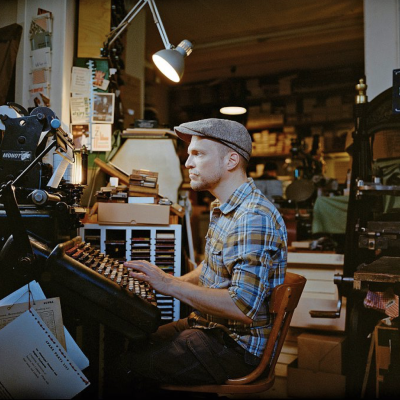
- Regamey Nicolas, Atelier Typo de la Cité
- Typographer and type founder
- Lausanne
- Vaud
- See
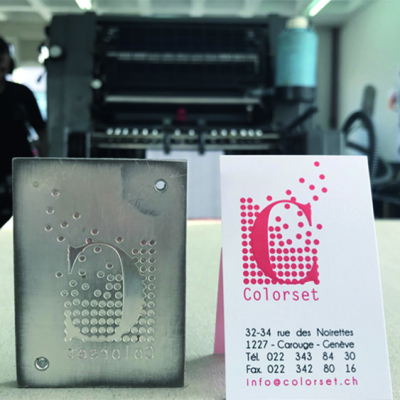 Colorset ©
Colorset ©
- Villière Thomas, Colorset
- Printer
- Carouge
- Genève
- See